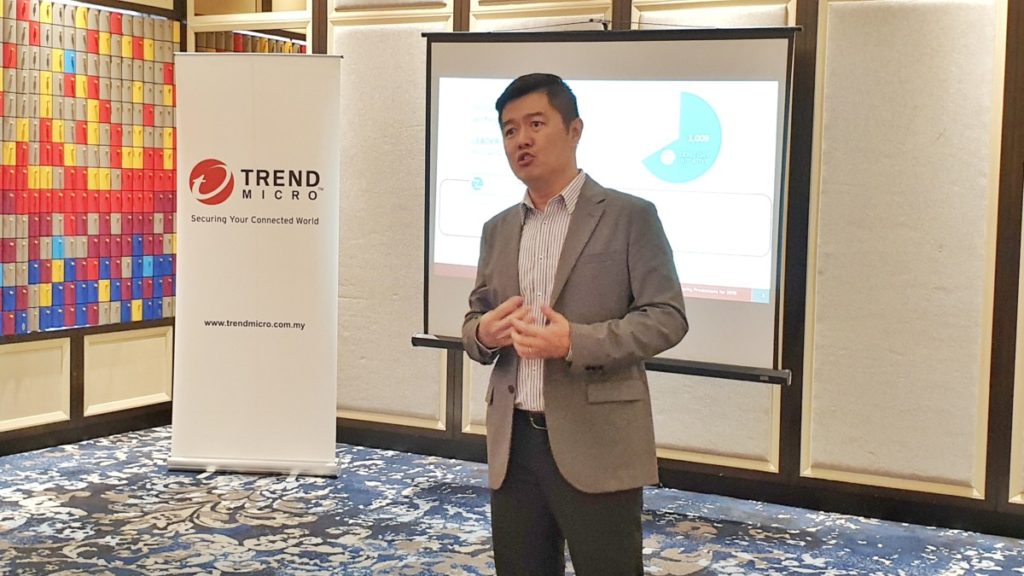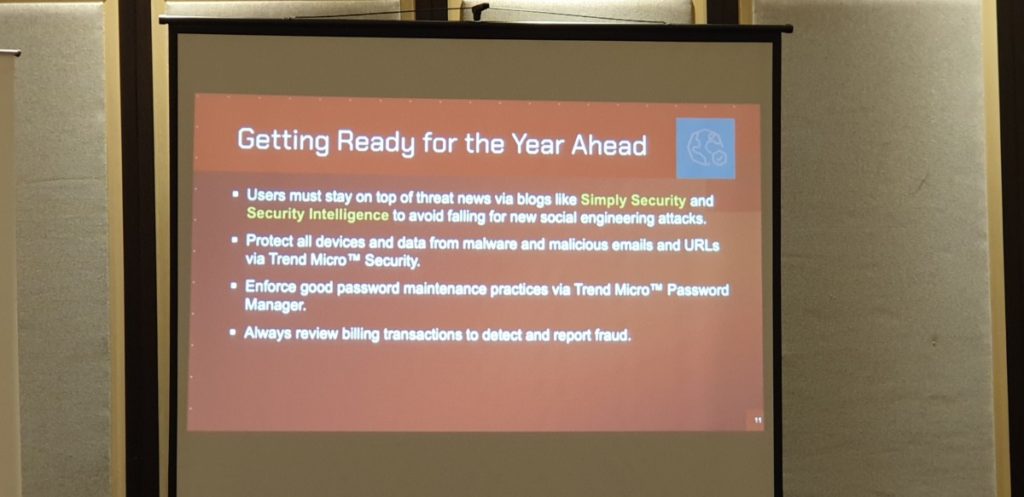
Malaysia encountered the most malware threats in Southeast Asia in 2018 says Trend Micro Security Report
If it rains it pours and it seems that Malaysia has the unenviable position of being ranked first in Southeast Asia for the number of malware threats detected in a given country with over 16 million malware threats detected last year – an average of over 45,000 a day – according to Trend Micro’s comprehensive 2018 Security Roundup report.
The rankings for Malaysia get comprehensively grimmer. The country is also ranked second in SEA for experiencing the most business email compromise (BEC) attacks last year with only Singapore preceding it.

To date, BEC attacks have already incurred over US$12.5 billion in losses to companies worldwide based on reports by the Federal Bureau of Investigation (FBI). “Addressing the human factor is critical to minimise the risk of BEC,” says Mr .Goh Chee Hoh, managing director of Trend Micro Malaysia at a special briefing. “Cybersecurity awareness training, coupled with adopting advanced security technologies such as writing style DNA can build an effective defence against BEC scams and other cyber-enabled threats,” he added.

From left: Mr. Goh Chee Hoh, Managing Director of Trend Micro Malaysia & Mr Law Chee Wan, Technical Director Trend Micro Malaysia and Singapore
This emerging threat level along with the increasing adoption of IoT and hybrid cloud environments also requires a commensurate investment in security. According to Gartner’s 2019 Worldwide IT Spending Forecast, it is predicted that spending on technology products and services will reach US$15.5 billion (about RM65.2 billion) in 2019 which is an increase of 4.6% from 2018 in Malaysia. Trend Micro sees tremendous opportunities in adoption of advanced endpoint security such as endpoint detection and response (EDR) as well as managed detection and response (MDR) services.
“Malware and attack methods are becoming stealthier and many of them – such as fileless malware or in-memory malware- are able to evade traditional defences today. That’s why we see increasing demand from enterprise customers who want to go beyond traditional endpoint protection. Another driver for advanced endpoint security stems from the need to record and retrieve activities that took place on an endpoint, so businesses can fully understand how an attack has happened. Looking at the threat landscape, we anticipate that more and more companies will start looking into EDR and MDR technologies in 2019,” says Mr. Goh.
For more on the latest cyber-security threats and their comprehensive solutions, swing by www.trendmicro.com
